As the third largest synthetic polymer in terms of production worldwide, the applications of polyvinyl chloride (PVC) are numerous, encompassing areas such as piping, medical devices, and insulation for wires and cables.
But did you know that PVC is not just available in one form? In fact, PVC plastic can be divided into two main types: rigid and flexible.
Let’s delve deeper into the main properties of these two types of PVC and explore their key applications across different industries.
What Is PolyVinyl Chloride?
Polyvinyl chloride, commonly abbreviated as PVC, is an amorphous polymer that contains a small amount of crystalline structure, created by replacing a hydrogen atom in polyethylene with a chlorine atom.
In its pure form, PVC is just a white powder, meaning it is merely a polymer resin and cannot be used for direct product manufacturing.
Therefore, in practical applications, it is usually necessary to add various additives (such as stabilizers, lubricants, fillers, etc.) to enhance the performance of PVC, enabling it to meet specific industrial needs.
Today, PVC has become one of the most widely used types of plastic in various application fields.
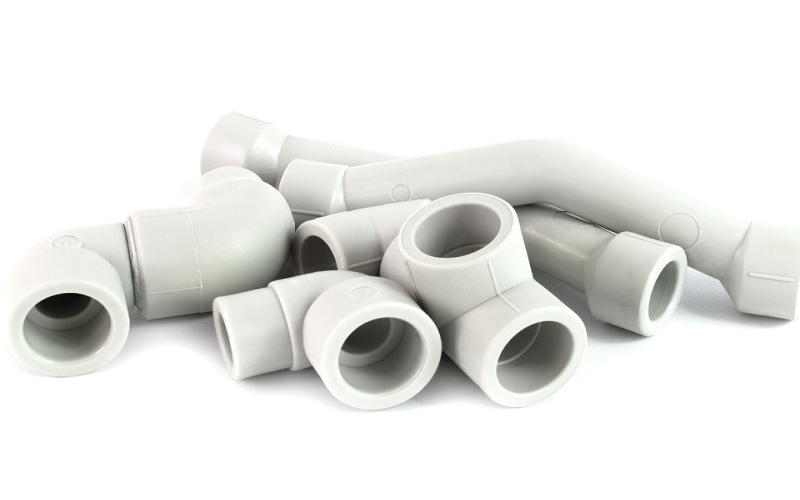
The Different Types Of PVC Plastics
Based on the amount of plasticizer content, PVC plastics are commonly divided into two major types: rigid PVC and flexible PVC.
Among them, flexible PVC holds a third of the market, while rigid PVC accounts for two-thirds of the market.
Rigid PVC
Rigid PVC refers to PVC plastics that contain no or very little plasticizer (less than 10%); those without any plasticizer are known as PVC-U.
Rigid polyvinyl chloride has good mechanical strength, weather resistance, and flame resistance, and can be used alone as a structural material.
It is applied in the chemical industry for manufacturing pipes, sheets, and injection-molded products.
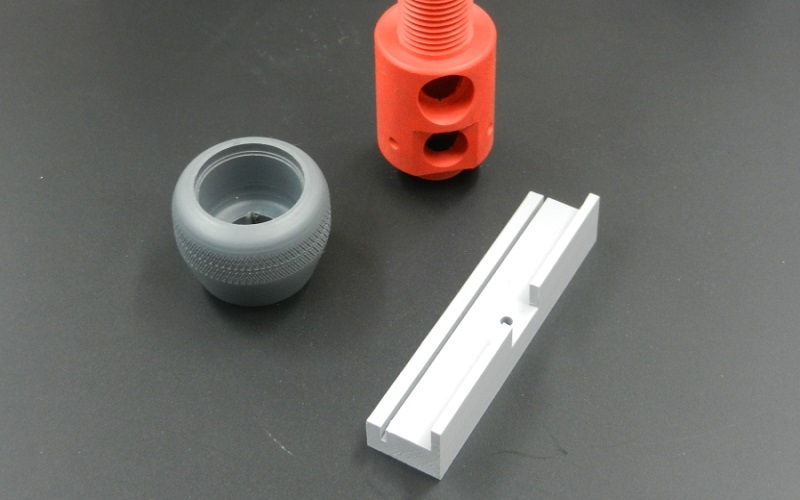
Flexible PVC
Flexible PVC is produced by adding 30-70% plasticizer to PVC resin along with a certain amount of stabilizers and other additives.
Flexible PVC is characterized by its flexibility and transparency, having good elasticity and cold resistance.
However, compared to rigid PVC, it has lower strength, is prone to brittleness, and does not preserve well over long periods.
Common uses of flexible PVC include production of flooring, ceilings, and leather surfaces.
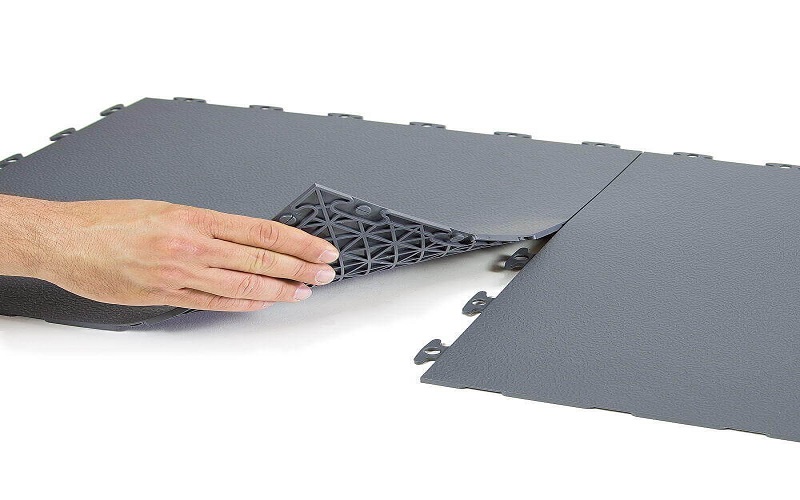
Type | Rigid PVC | Flexible PVC |
Advantage | High mechanical strength, good weather and chemical resistance, durable | chemical resistance, durable High flexibility, good elasticity, adaptable to complex shapes |
Disadvantage | Less flexible, can be brittle in cold environments | Lower mechanical strength, can degrade with excessive use of plasticizers |
Application | Piping systems, window frames, building and construction materials | Electrical cable insulation, flooring, medical tubing, automotive interiors |
In addition to these two types of PVC materials, Chlorinated PVC (CPVC), PVC-O, and PVC-M are also fairly common types.
- Chlorinated PVC (CPVC)
Chlorinated PVC, also known as CPVC, is a product of further chlorination of PVC resin, with the resultant CPVC resin having a chlorine mass fraction of 65% to 72%.
The increased chlorine content significantly improves the material’s heat resistance, aging resistance, corrosion resistance, and chemical stability.
- PVC-M (Modified Polyvinyl Chloride)
PVC-M is enhanced in impact resistance by adding specific modifiers, such as acrylic and styrene-butadiene rubber.
- PVC-O
PVC-O, also known as Biaxially Oriented Polyvinyl Chloride, undergoes axial stretching or radial stretching to align its molecular chains more orderly, thereby significantly enhancing the material’s strength and pressure resistance.
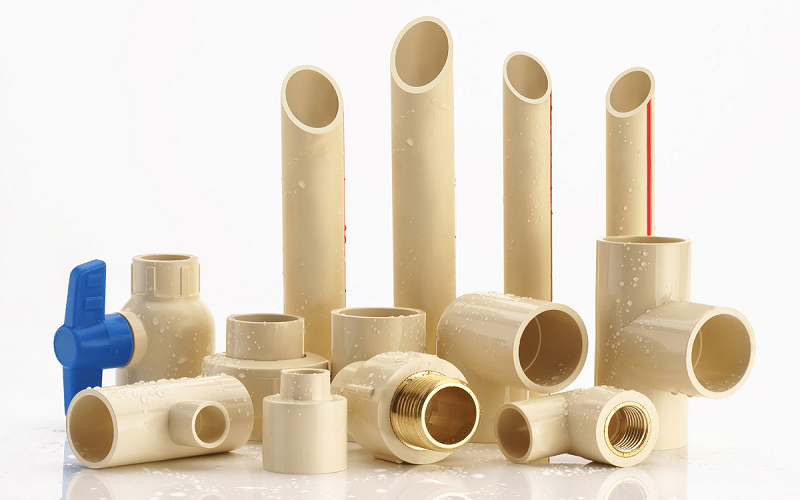
Different Types Of PVC Plastic Manufacturing Processes
PVC plastic can be processed through a variety of methods, including calendering, extrusion, and injection molding.
Extrusion Molding
Extrusion molding is one of the most common methods used to process PVC, suitable for producing pipes, sheets, and films.
Injection Molding
PVC injection molding is a common processing technique ideal for producing complex-shaped products such as fittings, valves, and containers.
Calendering Molding
PVC plastic is heated and pressed to the required thickness and width through a calendering machine, used for producing PVC films, sheets, and flooring materials.
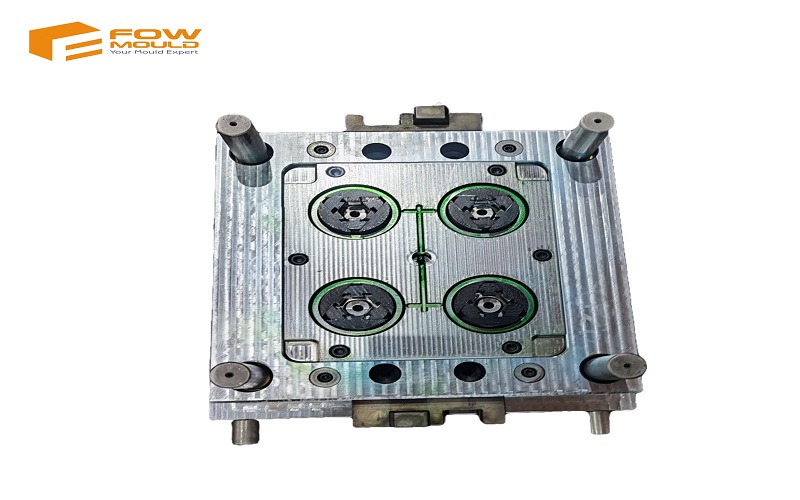
Since PVC is a thermosensitive material, it releases corrosive gases such as hydrogen chloride when melted, which can damage mechanical equipment.
Therefore, the molds and equipment used in the processing must be made from corrosion-resistant materials.
Molding conditions for different types of PVC | ||
| Rigid PVC | Flexible PVC |
Drying temperatures | 80 ℃×2 h | |
Mould temperature | 40-60 ℃ | |
Tube temperature | 160-190 ℃ | 140-170 ℃ |
Injection pressure | 700-1500 kg/cm2 | 600-1500 kg/cm2 |
Forming shrinkage | 0.1-0.5% | 1.2-2.0% |
Environmental Impact And Recycling Of PVC Material
PVC material has become an important plastic due to its unique properties and wide applications. However, its negative impact on the environment cannot be ignored.
Firstly, the production process of PVC generates some organic vapor emissions and wastewater, which contribute to environmental pollution to a certain extent.
Additionally, the production of PVC requires substantial energy consumption, which also imposes a significant environmental load.
Secondly, the use of PVC typically involves adding various plastic additives, some of which may contain substances harmful to human health and the environment, such as phthalates.
These substances can gradually release into the environment during the use of PVC materials, potentially causing environmental pollution and harm.
Furthermore, due to the special nature of the material, recycling PVC is not as simple as other plastics.
If products containing PVC are disposed of carelessly or incinerated, they may release toxic gases, posing risks to environmental and human health.
Therefore, in recent years, plastic manufacturers have been dedicated to developing bio-based PVC and biodegradable PVC to reduce the environmental impact of traditional PVC.
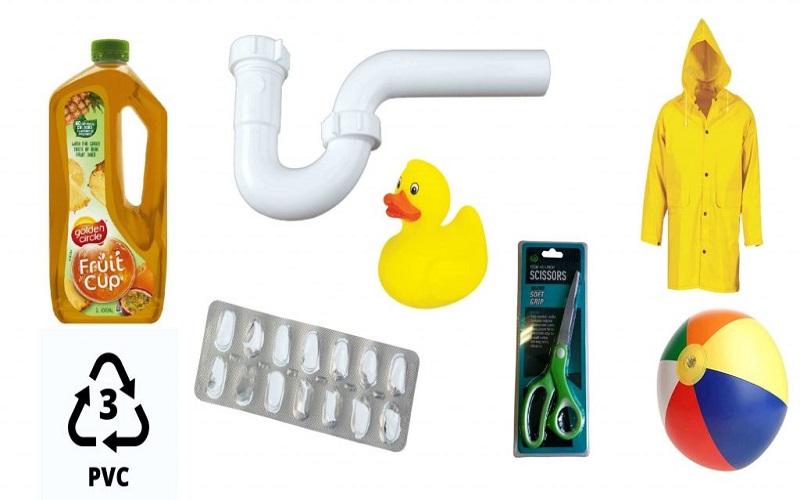
Is PVC Toxic?
The question “Is PVC toxic?” has long been a subject of concern. In fact, PVC itself as a material is not toxic.
However, the safety issues associated with PVC primarily stem from certain additives that may be used during its production process, as well as toxic substances that can be released when PVC products are incinerated.
For example, flexible PVC often contains plasticizers, including phthalates, which may disrupt the endocrine system, particularly affecting the development of children and pregnant women.
When PVC is burned, it releases hydrogen chloride gas and other toxic compounds, such as dioxins.
These substances are harmful to both the environment and human health, especially to the respiratory system.
To reduce health risks, many manufacturers and regulatory bodies have started to limit the use of certain types of plasticizers or develop PVC products without plasticizers.
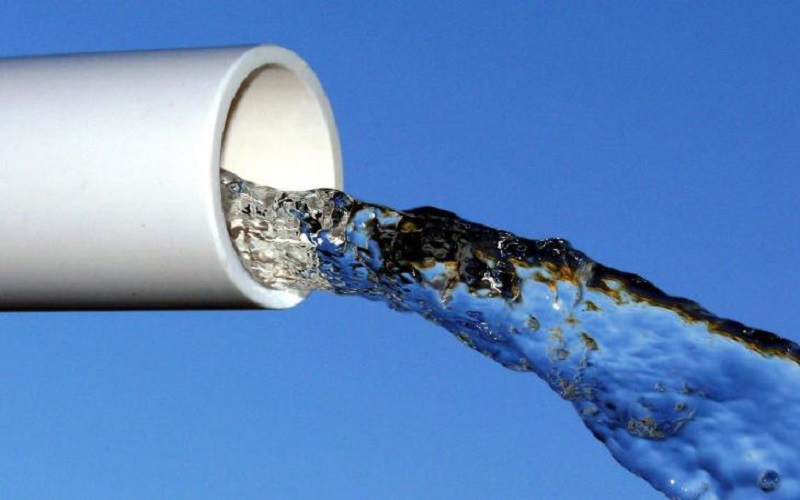
Conclusion
Based on the above information, we have learned about the characteristics and applications of the two main types of PVC, rigid and flexible PVC, as well as special types of PVC materials such as PVC-O, PVC-M, and PVC-C.
The processing of PVC plastic is a complex process, and FOWMOULD is your most reliable PVC injection molding expert!
